What Are the Different Types of Liabilities in Accounting?
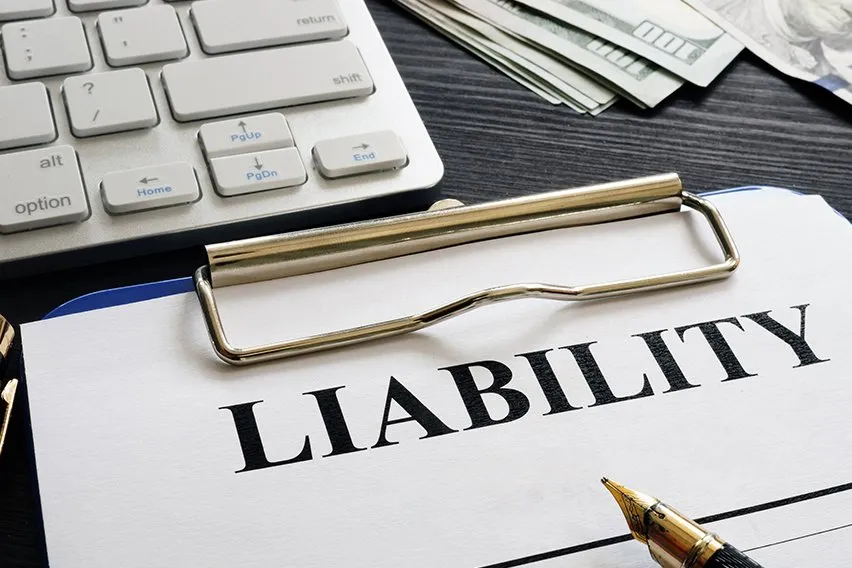
When it comes to accounting processes for your small business, there can be a lot to know and understand. The smallest error or mistake can have huge consequences. This is why it’s important to understand what liabilities are since they play a critical role in your business.
Liabilities don’t have to be a scary thing, they’re just a normal part of doing business. Why? Because chances are pretty high that you’re going to have some kind of debt. And if your business does have debt, you’re going to have liabilities.
So what are the different types of liabilities in accounting? Let’s take a closer look at everything that you need to know.
Here’s What We’ll Cover:
Different Types of Liabilities in Accounting
What Are Liabilities?
Simply put, liabilities are any current debts that your business owes. And this can be to other businesses, vendors, employees, organizations or government agencies. Liabilities are common when conducting normal business operations.
The liabilities that your business has are going to fluctuate. And if you have more debt, then you’re going to have higher liabilities. Making sure that you’re paying off your debts regularly will help reduce your overall business liabilities.
One of the simplest ways to think about liabilities is that they’re a kind of third-party funding. You would use this funding to purchase business assets and fund other areas of your operations. But, it’s important to understand that liabilities must get paid.

Different Types of Liabilities in Accounting
Usually, you would receive some type of invoice from a vendor or organization to pay off any debts. Any money that you owe would get considered as a liability. And it would stay as a liability until the invoice gets paid off.
It’s worth noting that liabilities are going to vary from industry to industry and business to business. For example, larger businesses are most likely to incur more debts compared to smaller businesses.
There are three primary classifications when it comes to liabilities for your business.
1. Current Liabilities
These can also be commonly known as short-term liabilities. Basically, these are any debts or obligations you have that need to get paid within a year. It’s important to keep a close eye on your current liabilities to help make sure that you have enough liquidity from your current assets. This is to help guarantee that any debts or obligations your business has can get met.
Here is a list of some of the most common examples of current liabilities.
- Accrued expenses. These are expenses that you have already incurred and need to account for. But, you won’t pay them until next month.
- Accounts payable. This represents any money you owe to vendors or suppliers for purchases made on credit. Most accounts payable items must get paid within 30 days.
- Income taxes payable. This can also include sales taxes. You might need to look into whether or not you need to pay them monthly, quarterly or annually.
- Interest payable. This is basically anything that you’re making monthly payments on. Things like a loan, mortgage or other long-term liabilities.
- Unearned revenue. Any money that you receive from a customer before delivering a product or service.
- Short-term loans
When it comes to short-term liquidity measures, current liabilities get used as key components. Here are a few metrics and key ratios that potential investors and management teams look at to perform a financial analysis.
- The current ratio, where any current assets get divided by your current liabilities
- The quick ratio, where inventory is subtracted from current assets and divided by current liabilities
- The cash ratio, where any cash and cash equivalents get divided by your current liabilities
2. Non-current Liabilities
Non-current liabilities can also be referred to as long-term liabilities. They’re any debts or obligations that your business has incurred that are due in over a year. Businesses will take on long-term debt to acquire new capital to purchase capital assets or invest in new capital projects.
These can play a critical role in the long-term financing of your business and your long-term solvency. If you’re unable to repay any of your non-current liabilities when they’re due, your business could end up in a solvency crisis.
Here is a list of some of the most common examples of non-current liabilities.
- Long-term notes payable. This is similar to accounts payable, but the main difference is there is a promise to pay. Something like a loan agreement that has payment terms outlined beyond a year would be notes payable.
- Bonds payable. Bonds are commonly issued by local governments, hospitals and utilities. Interest typically gets paid every six months or annually, and you must pay the principal by the specified date.
- Mortgage payable. Your mortgage payable gets recorded as a long-term liability. But, any principal or interest that’s due within a year gets considered as a current liability.
- Capital leases. This refers to leasing business equipment instead of purchasing it for cash. The total amount gets included on the balance sheet as a long-term asset. But, at the same time, the same amount gets recorded as a long-term liability.
- Deferred tax liabilities. These are any taxes that need to get paid by your business but aren’t due for over a year. Anything that’s due within the next 12 months should get recorded as a current liability.

3. Contingent Liabilities
Contingent liabilities are a little different since they are liabilities that might occur. This usually happens because a liability is dependent on the outcome of some type of future event. For example, if your business is facing a potential lawsuit then you would incur liability if the lawsuit becomes successful.
That said, if the lawsuit isn’t successful, then your business would not have any liability. A contingent liability only gets recorded on your balance sheet if the liability is probable to happen. When this happens, you can reasonably estimate the amount of the resulting liability.
Here is a list of some of the most common examples of contingent liabilities.
- Product warranties
- Lawsuits
Key Takeaways
As a small business owner, you’re going to incur different types of liabilities as you operate. It might be as simple as your electric bill, rent for your office or other types of business purchases. It’s a normal part of doing business.
As you continue to grow and expand your business, you’re likely going to take on more debt as you go. This is why it’s critical to understand the differences between current and long-term liabilities. Plus, making sure that they get recorded properly on your balance sheet is just as important.
There are three primary classifications for liabilities. They are current liabilities, long-term liabilities and contingent liabilities. Current and long-term liabilities are going to be the most common ones that you see in your business.
Current liabilities can include things like accounts payable, accrued expenses and unearned revenue. Long-term liabilities include areas such as bonds payable, notes payable and capital leases. Contingent liabilities are liabilities that could happen but aren’t guaranteed.
Did you enjoy reading this guide? Head over to our resource hub for more great content!
RELATED ARTICLES

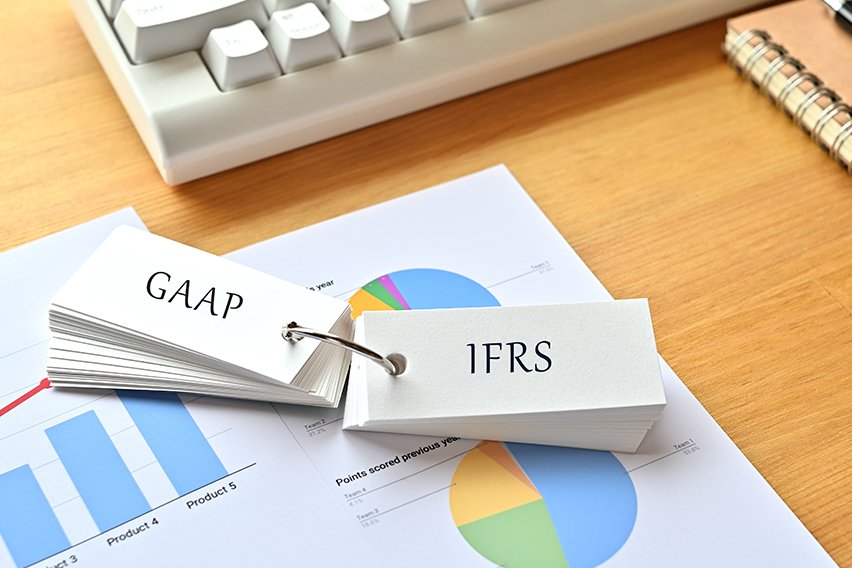 GAAP Vs IFRS: What’s the Difference?
GAAP Vs IFRS: What’s the Difference? A Guide to Double Declining Balance Depreciation Method
A Guide to Double Declining Balance Depreciation Method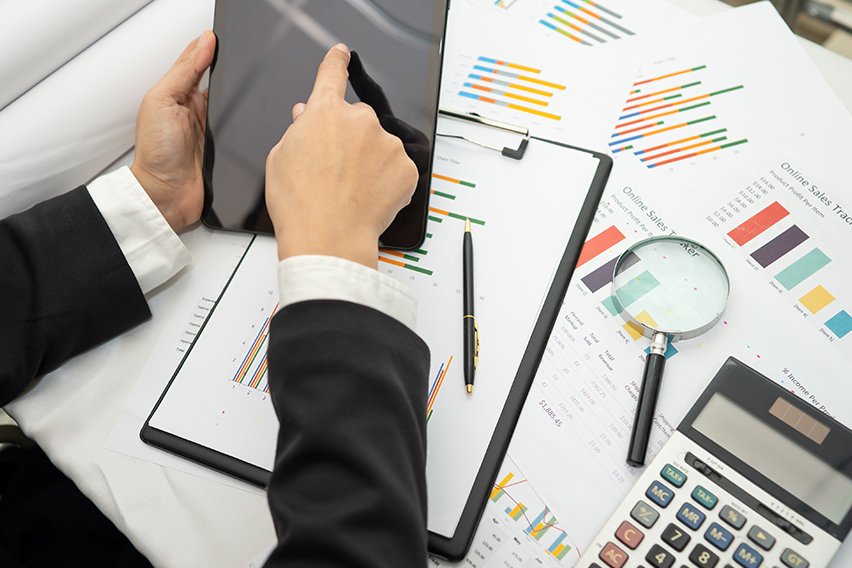 What Is Corporate Accounting? Everything You Need to Know
What Is Corporate Accounting? Everything You Need to Know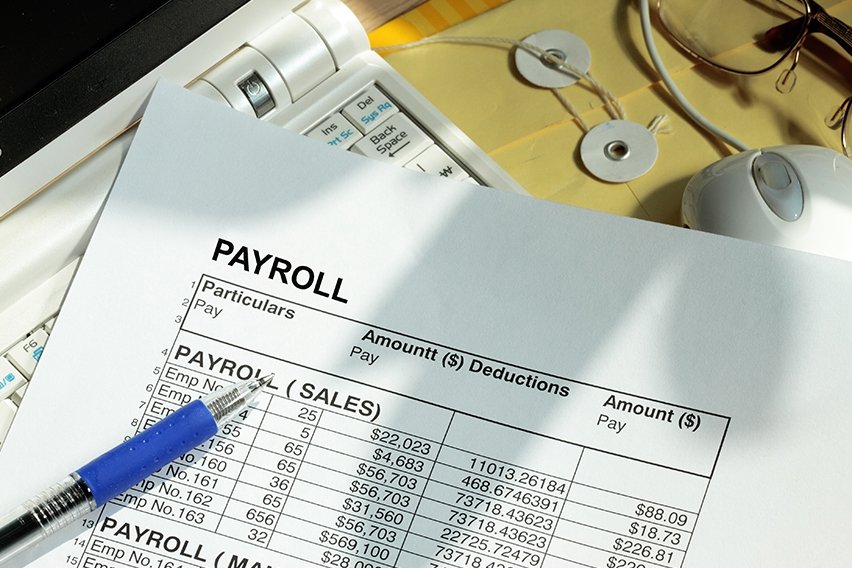 What Are Payroll Liabilities? Definition, Types & How to Track
What Are Payroll Liabilities? Definition, Types & How to Track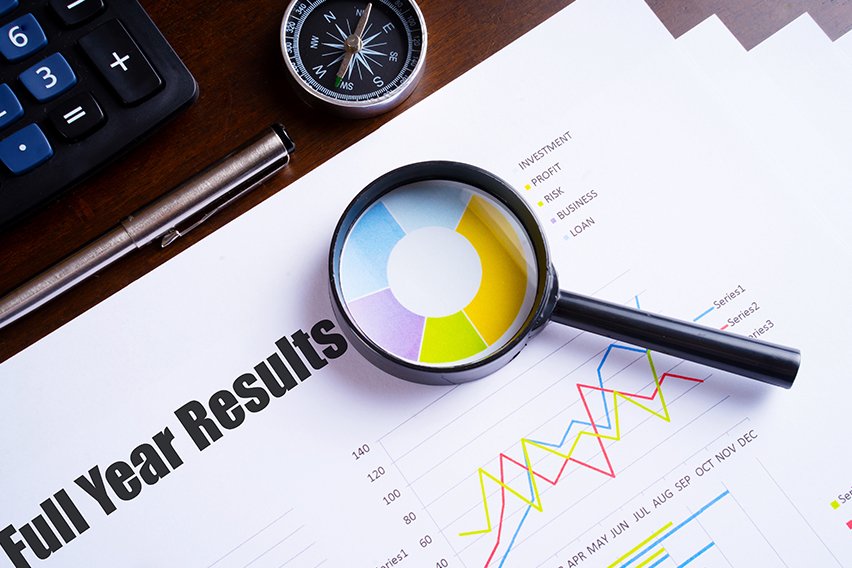 Fiscal Year-End Accounting: Checklist for Business Owner’s
Fiscal Year-End Accounting: Checklist for Business Owner’s How to Write Off Bad Debt? Overview & Example
How to Write Off Bad Debt? Overview & Example